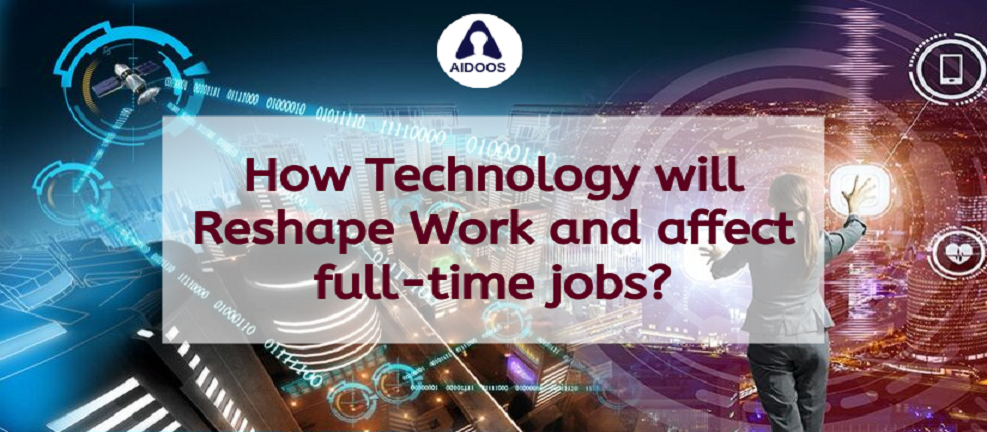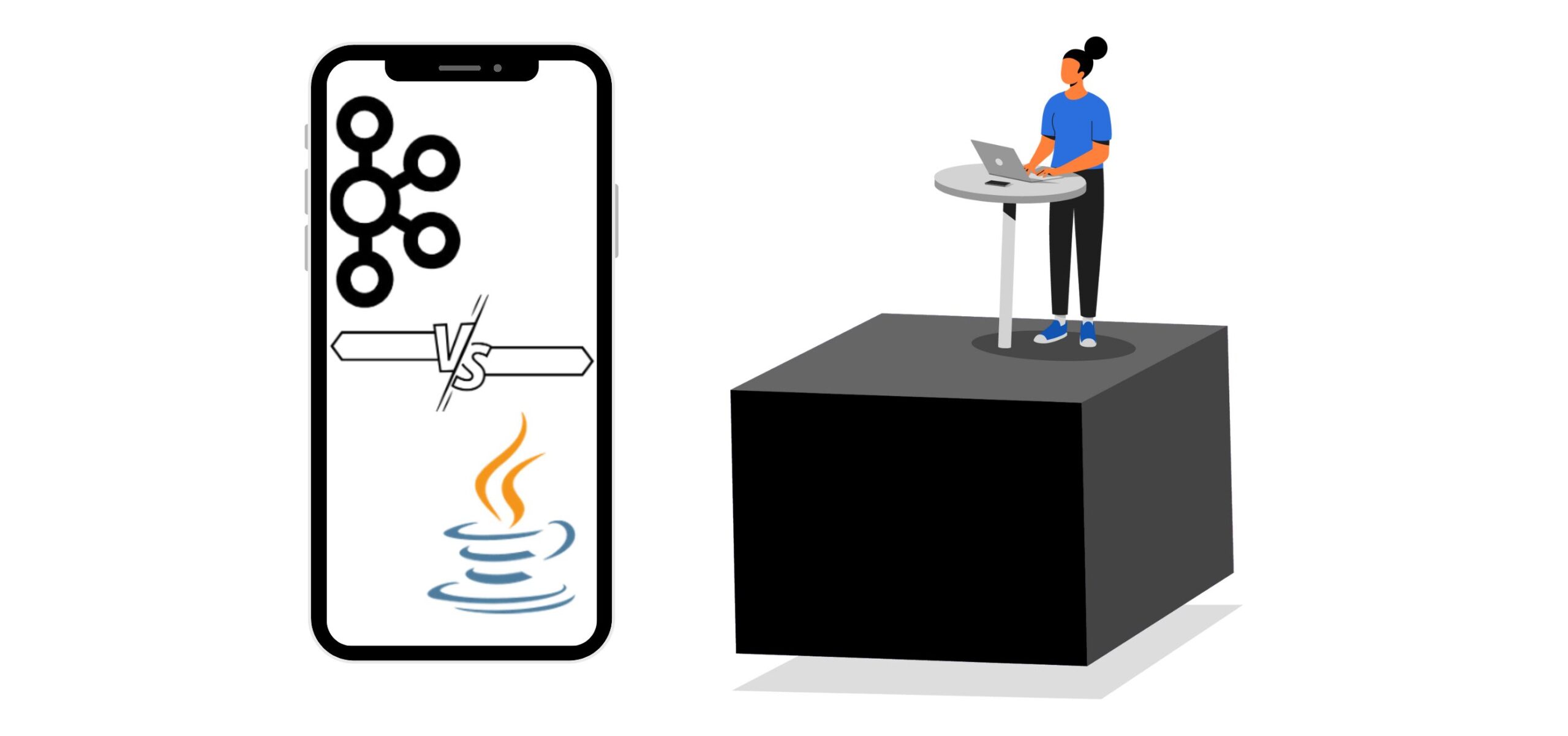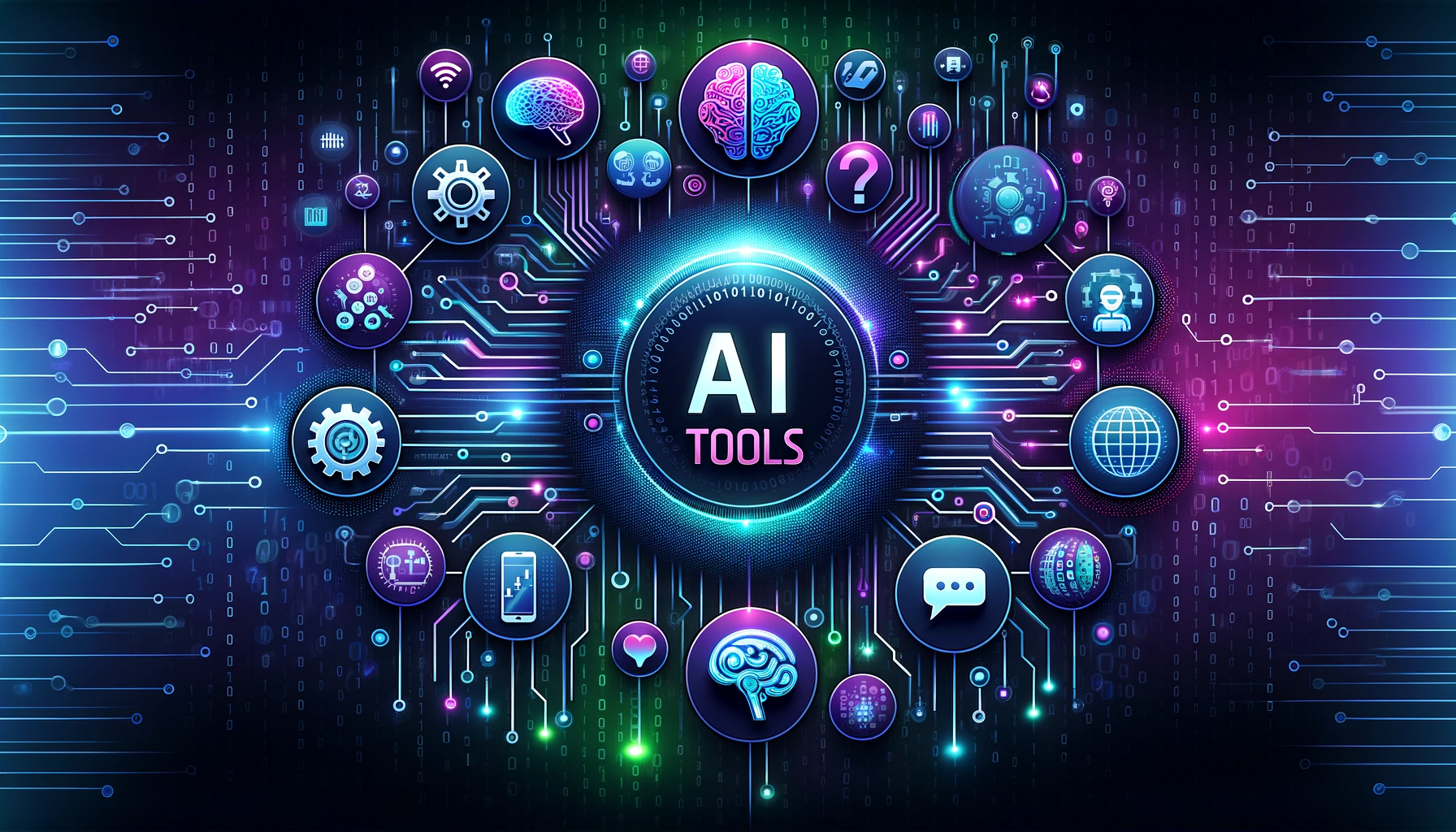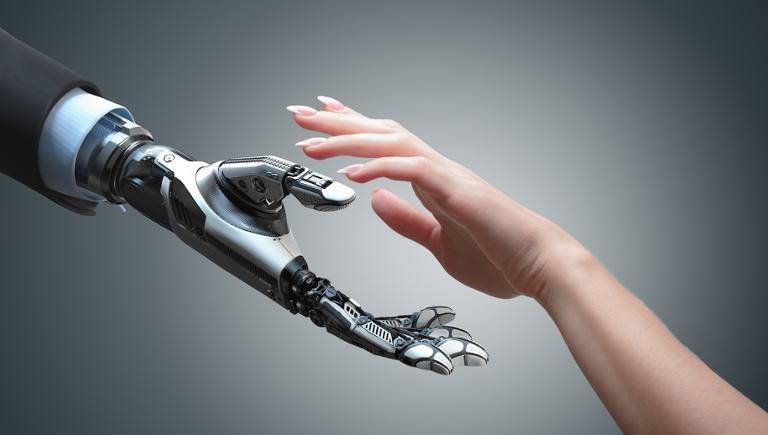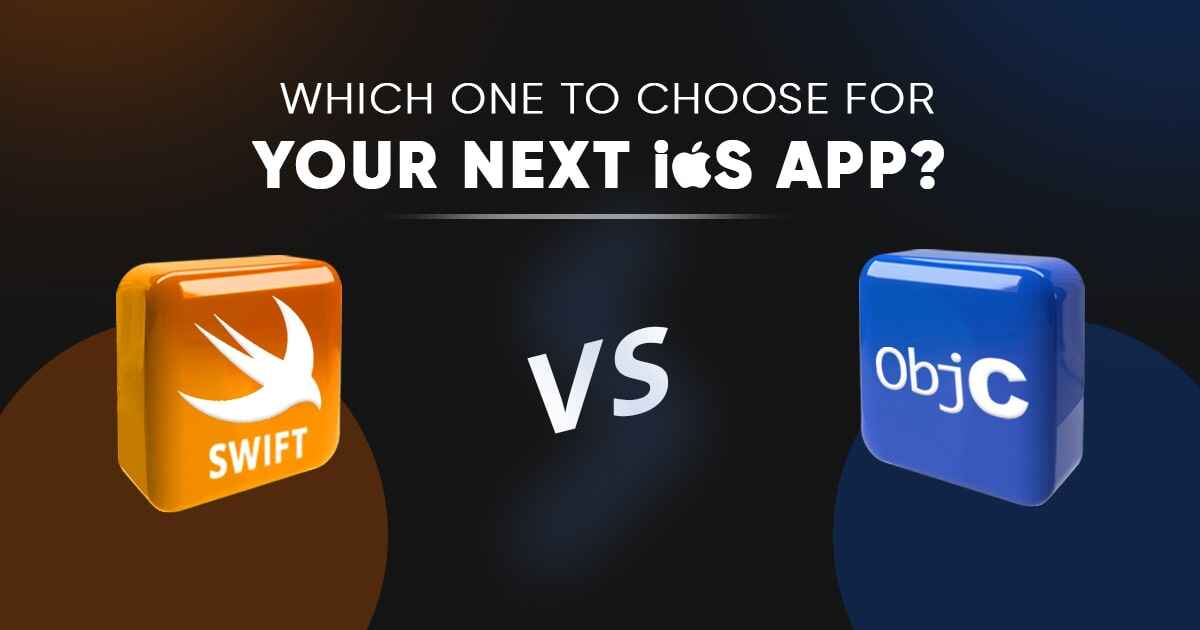Emerging technologies are disrupting the baby-boomer work environment in radical ways. The dynamics of how each project is completed is changing. With the 178 years old Thomas Cook succumbing to disruptive modern tech, businesses need to take an in-depth look at their operational schematics and make room for IoT, cloud tech, Artificial Intelligence, and Extended Reality.
The increased interaction between machine and human intelligence is opening new avenues for employment as well as revamping employability. “The Future of Work Report” by Dell outlines how AI-based interfaces and quantum network computing will coalesce the economy into a collaborative drive.
Essentially, the way we work today will be starkly different from the work culture ten years down the line. Reports suggest that humans do 71% of total work and machines do 29%. However, WEF reports that this figure will change.
By 2022, 58% of work will be done by humans, and machines will perform 42% of the same. We are looking at human-machine equilibrium only dreamt in science fiction novels of the yesteryears!
Shifts that will Create a Remotely Inclusive and Growth-based Work Environment
#1 Human and Machine Interactions: Interconnected Workspaces
67% of the global business leaders find machine intelligence to be the critical driving factor for nullifying errors caused by human biases in decision making. With the intersection of human and machine intelligence, a new transparent workspace is evolving. It means better and unbiased talent evaluations leading to a highly efficient workforce.
Capability for collaboration using immersive technologies like Extended Reality is allowing businesses to connect in-house talent with specialized remote expertise to deliver high-quality performance. 86% of global enterprises plan to leverage such tech for amplified business productivity.
We forum reports that 44% of HR executives firmly believe that the future of work will be driven by co-working, remote team collaborations, and technologies like teleconferencing.
The trend can already be verified. You can hop over to top freelance portals like Upwork and check the current stats. Three million jobs are completed each year on Upwork by 10 million freelancers. This number continues to grow as we run through this post.
What this means is that employability is increasingly becoming location neutral. The lifecycle of an employee is becoming flexible. We are seeing the emergence of 4-day workweeks in tech-driven and freelance-based economies like Singapore.
#2 Automation Driven by Artificial Intelligence
In simple words, I see humans completely exiting from rule-written tasks in the future. All work that can be based on a set algorithm with regular updates will be automated. AI will complement advanced human skills that will majorly include core engineering, development, and management.
Therefore, developing machine partnerships will be quintessential if businesses are looking to cut overheads and improve profitability. Core areas like robotics are seeing exponential growth in disruption and will lead to a much more automated workforce. According to PWC, 38% of jobs in the US will most probably become automated by 2025.
The application of machine intelligence will also lead to relaxed work culture. As the role of humans will become more analytical and managerial than mechanical, we will see a decrease in employee stress levels and an increase in job security and satisfaction. Moreover, advanced skillset will invite greater rewards as machine intervention will free capital to nurture human resources.
Organizations like Thomas Cook failed to adapt to modern technology disruptions. Instead of interfacing their existing workforce with AI, machine learning, and cloud capabilities, they stuck to older methods. It is no surprise that 178 years of branding fell apart as- it is the quality of solutions you provide nowadays that drives customers.
Had they embarked on fusing their culture with AI-driven and cloud-based technology, I think the current situation would be different given their generations of credibility that sadly, came crumbling down!
Therefore, organizations must adapt their environments and transition existing workforce into tech-driven and machine learning business frameworks for sustainable survival.
#3 Problem-solving & Not Deadlines Will Drive Business Processes
Creativity will rise exponentially. It is because, as seen above, humans will transition into roles that demand higher intellect, better management, and lesser menial mundane routines. Brainstorming, listening, and communication, analysis, and interpretation will become drivers of human performance. Completing the task will be another checkpoint in the business development ecosystem.
Remote hiring will lead to equal opportunities across locations.
Also, employees will need to up the ante as technical understanding and knowledge of areas like cloud computing and AI will become basic in the time to come. People who don’t upskill accordingly will fall out of the opportunity ecosystem.
In India, a nation at the forefront of tech-driven disruptions, 87% of business leaders think employees will need tech expertise by 2030. 86% of those believe that the same disruptions will create equal opportunities for people across metros as well as low lying towns.
--
Glimpses of such tectonic shifts in the global workforce can be already seen at offices like Google, Amazon, and Adobe, which are increasingly leveraging their vast tech capacities to hire better, implement better, and deliver better.
Full-time jobs will exist but will become highly flexible and stop generating the stress metrics that they do today.
